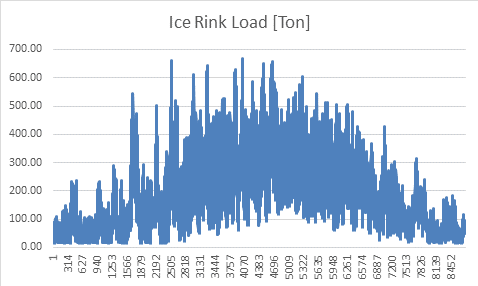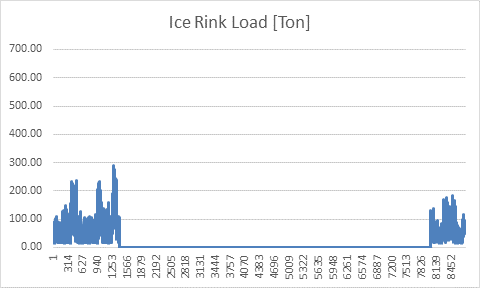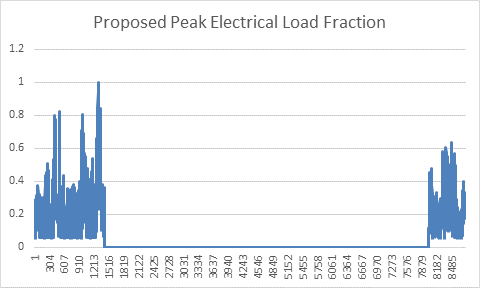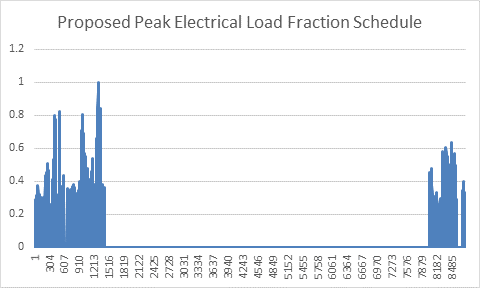Modelling Ice Rink on DesignBuilder or Energy Plus
Hi,
I've been working on modelling an ice rink for a project lately on DesignBuilder.
I thought I can modelize the ice layer by a block, then cool it at -7°C.
Until here, everything worked, but when you check the temperature of the floor and ceiling of the ice block, they are at 10-20°C.
I'm searching to get a whole block with the same temperature everywhere (from the floor to the roof). Can anyone, please, advice me with any ideas to get to that model?
Thanks in advance,
Best regards,










There is an idea to add an ice rink simulation capability to EnergyPlus. You can vote for it here.
Cross marketing!
I'm working on a facility with two ice rinks. Even a simplified model of a cold floor slab would help. Jim McNally